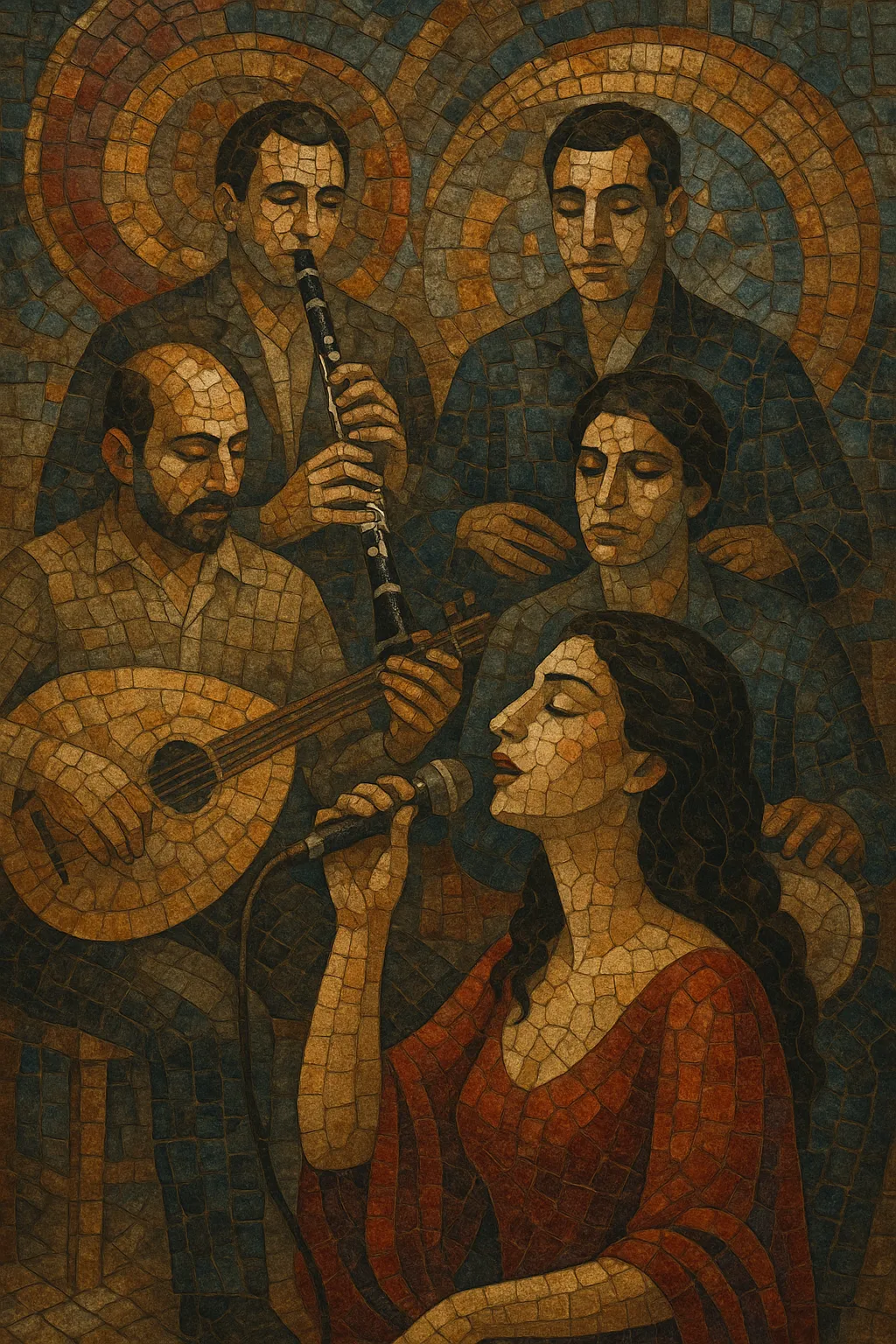Fantezi (Turkish: Fantazi müzik) is a polished, highly melodic strand of Turkish popular music that bridges the emotive vocalism and modal language of Turkish classical and arabesk with the form, arrangement, and production values of mainstream pop.
Songs are typically slow- to mid‑tempo ballads in simple meters (often 4/4, sometimes 9/8), with lush string sections, clarinet or ney, and a rhythm section that blends darbuka/def with drum set and keyboards. Vocals are ornamented with melisma and phrasing rooted in makam practice (e.g., Hicaz, Hüzzam, Uşşak), and lyrics revolve around romance, longing, heartbreak, and nostalgia.
Emerging in the late 1970s and flourishing in the 1980s–1990s, fantezi became a staple of gazino nightclub culture, wedding repertoires, cassette culture, and television variety shows, offering a more urbane, orchestrated alternative to rawer arabesk.
Fantezi took shape in Turkey as a smoother, more orchestrated evolution of arabesk and Turkish classical traditions, aligning them with contemporary pop song formats. Its early adoption by gazino venues and recording studios reflected a desire for refined, emotive ballads that retained makam-based melody while embracing modern arrangements and studio polish.
With the boom of cassette culture and the rise of commercial television, fantezi achieved mass popularity. Star vocalists, large string sections, and keyboard-driven arrangements defined the sound, while repertoire focused on love, loss, and yearning. The genre’s accessibility helped it cross regional and class lines, cementing its place in weddings, nightclubs, and TV variety shows.
As Turkish pop, rock, and hip hop diversified in the 2000s, fantezi’s core aesthetics—sentimental lyricism, makam-inflected melodies, and rich orchestration—continued to inform radio ballads and crossover projects. Many artists blended fantezi with pop and arabesk-pop, and rap producers occasionally sampled classic fantezi hooks, keeping its sonic DNA active in contemporary Turkish music.


